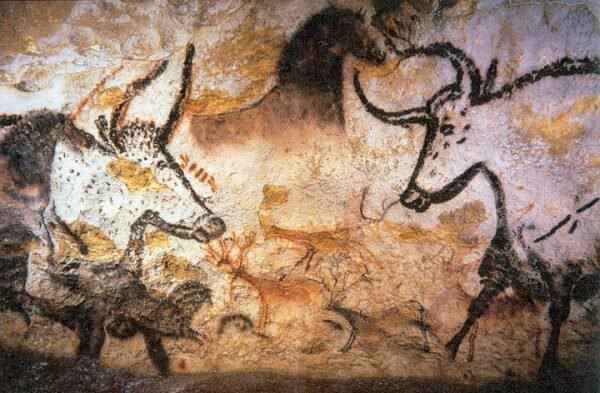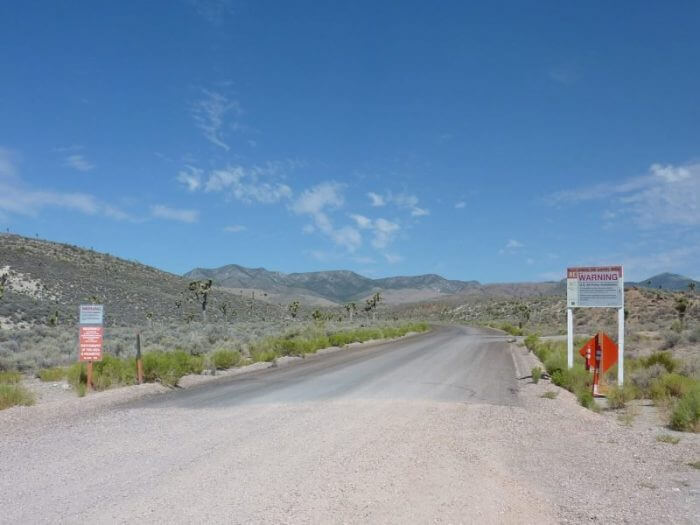
Some people have traveled almost the whole world, but unfortunately, there are some places they will never see. There are several breathtaking destinations that everyone would like to explore. However, certain places are dangerous, forbidden, protected, or secret. Only certain people are allowed to visit those places. Here are 9 of those forbidden areas around the world:
1) Svalbard Global Seed Vault, Norway

The Svalbard Global Seed Vault is a secure seed bank on the Norwegian island of Spitsbergen next to Longyearbyen in the remote Arctic Svalbard archipelago, around 1,300 kilometers from the North Pole. The seed vault is an attempt against losing seeds in other genebanks during regional or global crises. Storing seeds in that vault is free to end users. Norway and the Crop Trust pay for operational costs, while primary funding for the Trust comes from organizations like the Bill & Melinda Gates Foundation as well as from various governments worldwide.
2) Lascaux Cave, France

Lascaux is a setting of a complex of caves next to the village of Montignac, in Dordogne's department in southwestern France. More than six hundred parietal wall paintings decorate the cave's interior walls and ceilings. The paintings are primarily of big animals, typical local and contemporary fauna which correspond with the fossil record of the Upper Paleolithic time. Lascaux was inducted into the UNESCO World Heritage Sites list in 1979, as an element of the Prehistoric Sites and Decorated Caves of the Vézère Valley.
3) Poveglia, Italy

After Poveglia had become a quarantine station for ships that arrived at Venice in the 18th century, a plague was found on two ships. The island was used to host individuals with infectious diseases, which led to legends of Venetians waiting to die before their ghosts return to haunt the island. In 1922, Poveglia became home to a mental hospital in which a doctor allegedly experimented on several patients with crude lobotomies. Later, the doctor threw himself from the hospital tower after he claimed to have been driven mad by ghosts.
4) Ilha de Queimada Grande, Brazil

Ilha da Queimada Grande, also known as the Snake Island, is an island in the Atlantic Ocean, off the coast of Brazil. It's administered as part of Peruíbe's municipality in São Paulo State. The island is small in size and has several different types of terrain, varying from bare rock to rainforest. It's the only home of the endangered, venomous Bothrops insularis (golden lancehead pit viper), that has a diet of birds. The snakes became trapped when rising sea levels covered up the land that connected the island to the mainland. That left the snakes to adapt to their environment and increase rapidly in population. Queimada Grande is now closed to the public to protect this snake population.
5) Area 51, US

The United States Air Force facility, also known as Area 51, is a highly classified remote area of Edwards Air Force Base, within the Nevada Test and Training Range. Area 51 is located in the southern part of Nevada in the western US, 83 miles north-northwest of Las Vegas. Located at its center, on Groom Lake's southern shore is a big military airfield. The area around Area 51, including the tiny town of Rachel on the "Extraterrestrial Highway", is a famous tourist destination.
6) North Sentinel Island, India

North Sentinel Island is one of the famous Andaman Islands, in the Bay of Bengal. It is home to the Sentinelese who, usually violently, reject any contact with the rest of the world, and are some of the last people in the world to remain virtually untouched by modern civilization. Only limited information about that island is known. It belongs to the South Andaman administrative district, which is part of the Indian union territory of Andaman and Nicobar Islands. In practice, Indian authorities recognize the islanders' desire to be left alone, and they restrict their role to remote monitoring. The island can also be considered a sovereign entity under the protection of Indians.
7) Surtsey, Iceland

Surtsey is a volcanic island in the Vestmannaeyjar archipelago off Iceland's southern coast. It was formed in a volcanic eruption which took place on 14 November 1963. It's estimated that Surtsey will remain above sea level for another 100 years. The only significant human impact on the island is a small prefabricated hut, used by researchers. All visitors have to check themselves to make sure no seeds are accidentally introduced to the island's ecosystem.
8) Mezhgorye, Russia

Mezhgorye is a closed town in the Republic of Bashkortostan, Russia, located in the southern Ural Mountains near Mount Yamantau, about 200 kilometers southeast of Ufa, the capital of the republic, on the banks of the Maly Inser River. Mezhgorye is home to 2 Russian military battalions who serve a secret nuclear missile base. It's been reported that the ballistic missiles are capable of being automatically, and remotely triggered in case that sensors detect a nuclear strike.
9) Vatican Secret Archives

The Vatican Secret Archives is the central repository in the Vatican City for every act promulgated by the Holy See. The Pope owns the archives until his death or resignation, and the ownership passes to his successor. The archives contain the state papers, correspondence, papal account books, as well as several other documents which have been accumulated by the church over the centuries. In the 17th century, the Secret Archives were separated from the Vatican Library. There, scholars had limited access to them and remained closed to outsiders until 1881. Then Pope Leo XIII opened them to researchers, over a thousand of whom now examine some of the documents each year.













COMMENTS